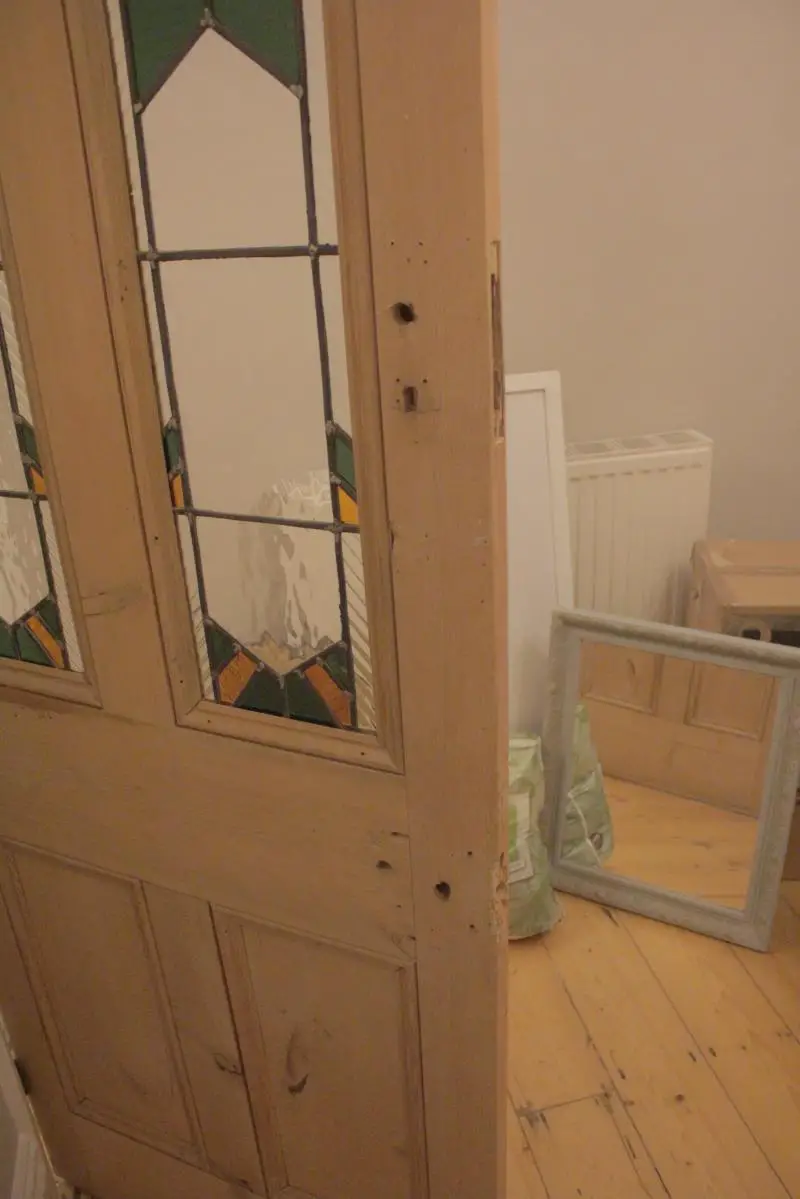Hi,
I recently moved into a new property and there is a fair amount of work that needs doing.
Therefore I thought I would come here for a little advice.
Here is the issue.
Quite a few of there doors are without handles or contain many holes/marks where handles used to be. Now I am not sure yet if I want to put a handle in or a door knob. However whatever I choose to do there is still going to be lots of gastly holes all over the place.
The question is, what would the best way to cover these up be? Would I need to fill them with wood cut to size or would some sort of filler be suitable (bearing in mind some of the holes are quite large.
Would I need to varnish, paint afterwards. Ideally I want the door to remain as natural looking as possible. A few marks I don't mind as it would add a bit of character, but these are big holes in large quantities.
Any help would be greatly appreciated.
I recently moved into a new property and there is a fair amount of work that needs doing.
Therefore I thought I would come here for a little advice.
Here is the issue.
Quite a few of there doors are without handles or contain many holes/marks where handles used to be. Now I am not sure yet if I want to put a handle in or a door knob. However whatever I choose to do there is still going to be lots of gastly holes all over the place.
The question is, what would the best way to cover these up be? Would I need to fill them with wood cut to size or would some sort of filler be suitable (bearing in mind some of the holes are quite large.
Would I need to varnish, paint afterwards. Ideally I want the door to remain as natural looking as possible. A few marks I don't mind as it would add a bit of character, but these are big holes in large quantities.
Any help would be greatly appreciated.


